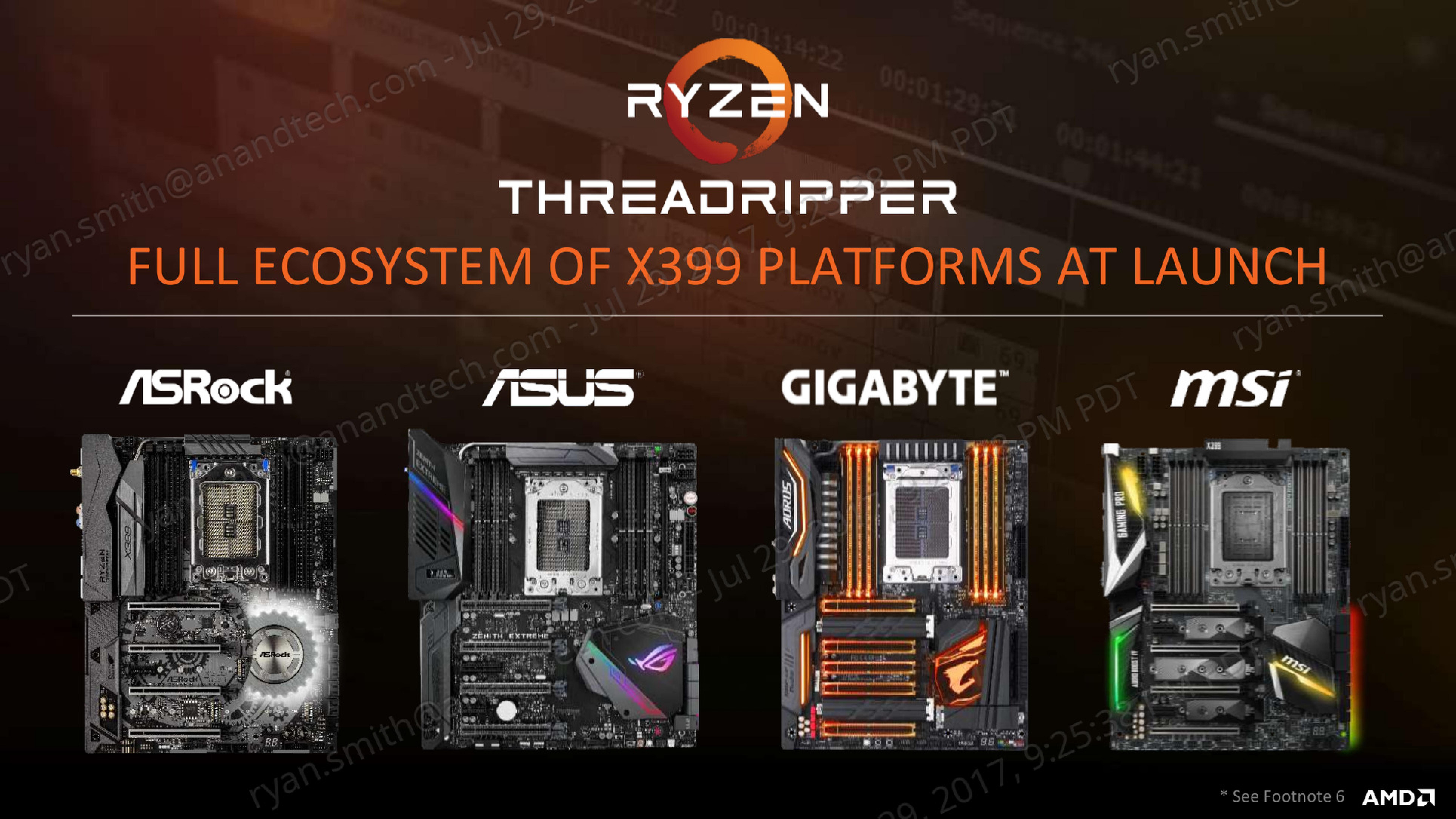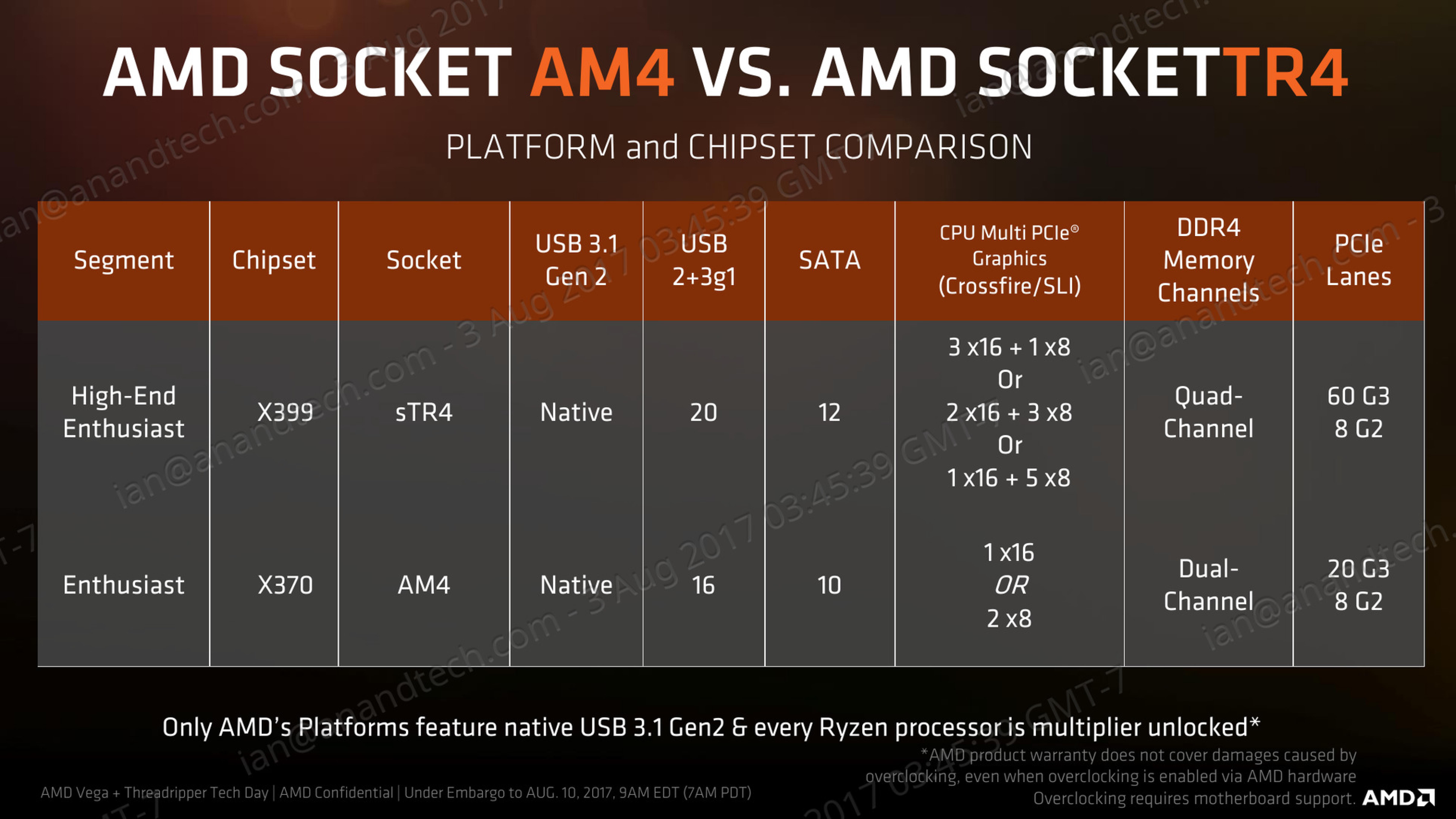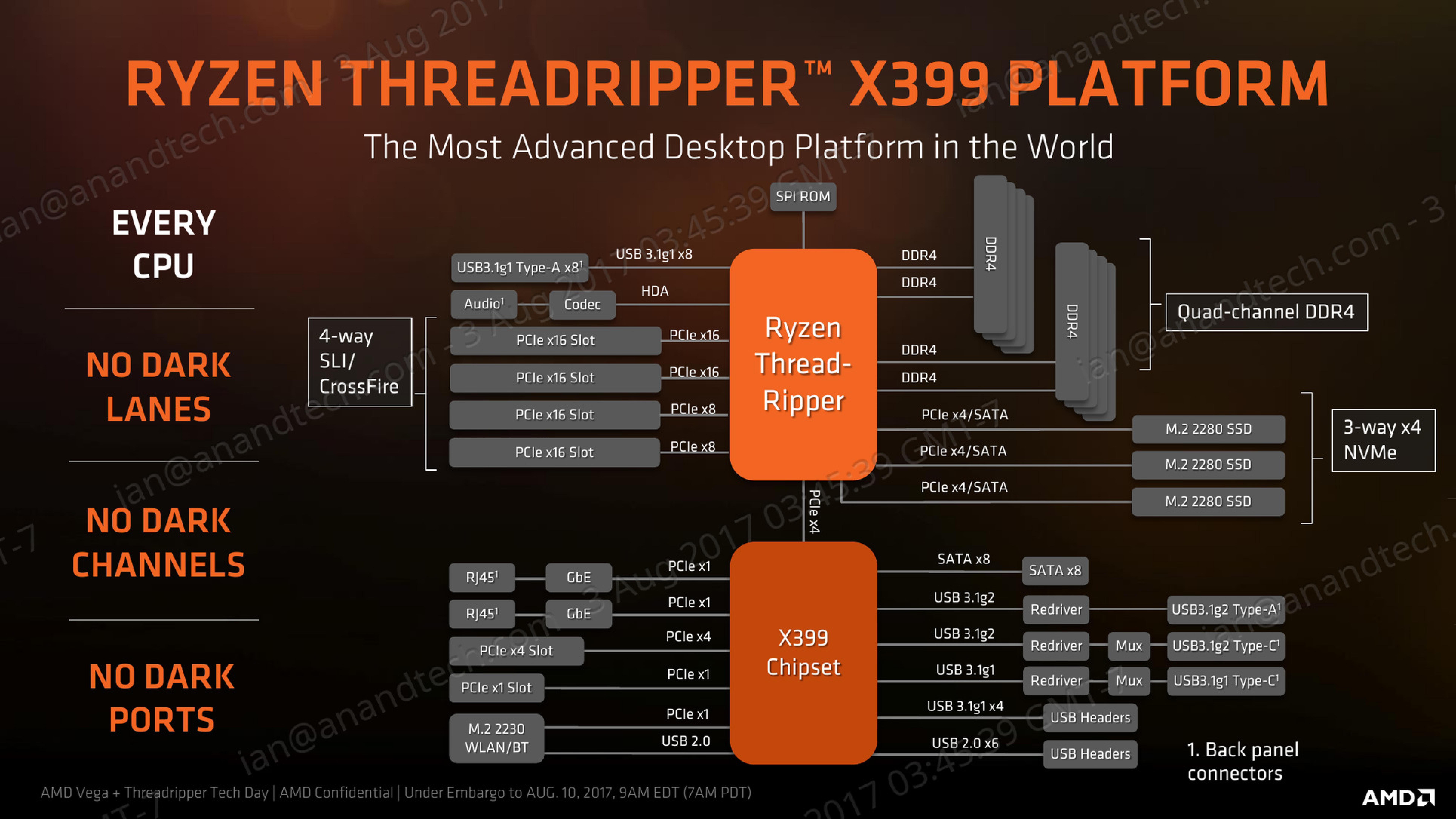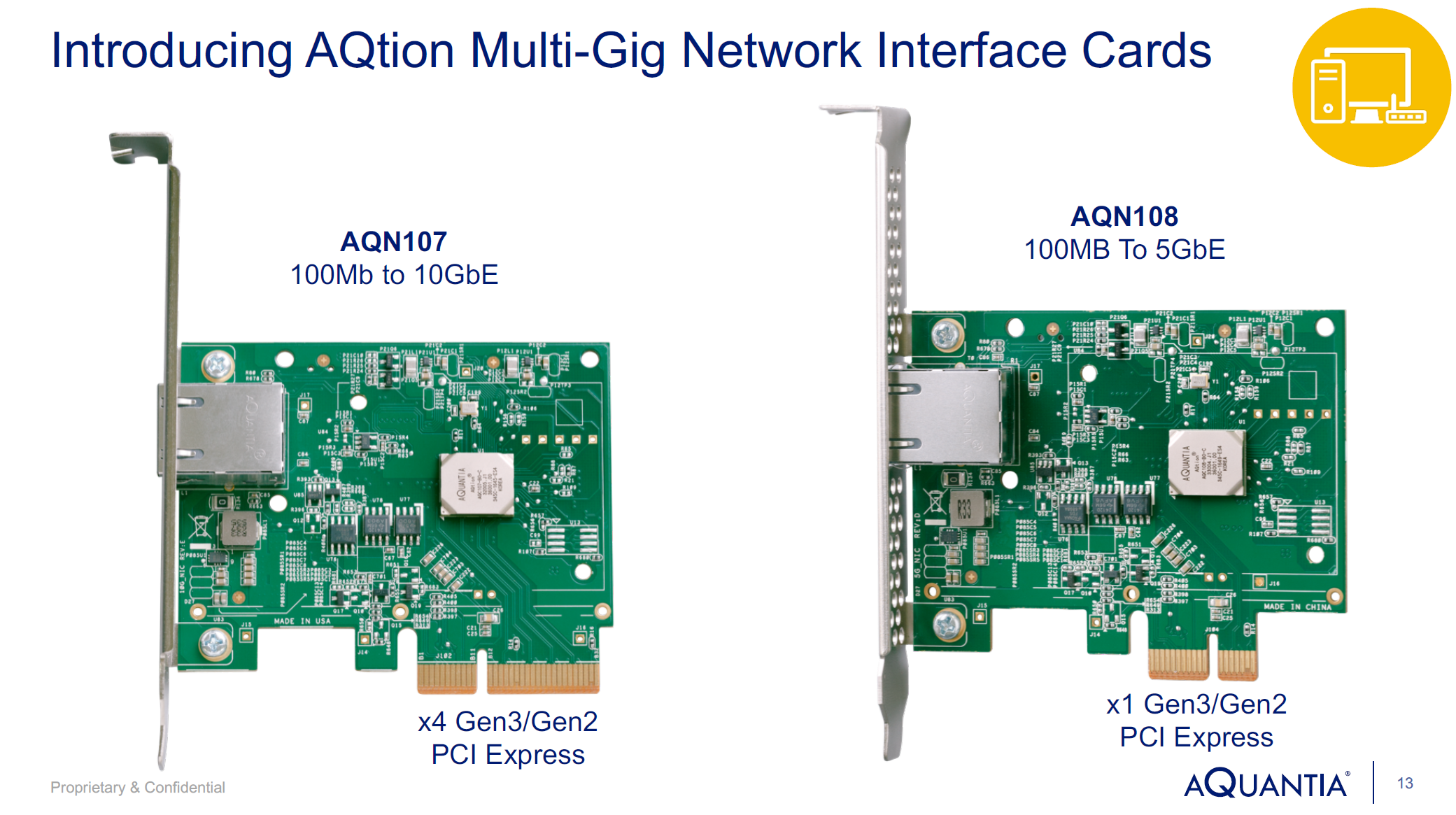8350rocks
Distinguished
juanrga :
-Fran- :
juanrga :
-Fran- :
juanrga :
genz :
juanrga :
I did read it and that is why I know the article tries to rewrite the history and omits to mention the SP4 platform and the corersponding 8/12/16 core CPUs.
It omits to mention any platforms or codenames. Zen is not a platform - at least not in the way it's said in the article.
This is Forbes, not Hexus, Anand or SemiAccurate. idk why Forbes would deviate from a business/human centered story on TR to talk about an irrelevant scrapped product from an irrelevant scrapped product line. You expect them to talk about Zeppelin too?
The Forbes article claims (bold emphasis mine)
It might surprise you to learn that Ryzen Threadripper wasn’t originally part of AMD’s plans, which back in 2015 only included Ryzen and the EPYC server CPU.
The bolded part is not true, because RyZen is AM4 platform, and EPYC is SP3 platform and AMD also planned Snowy Owl which used the SP4 platform. The problem is not Forbes but the AMD people giving the interview and trying to rewrite the history to hide the SP4 platform, which appeared in roadmaps one or two years ago but now is silently gone and AMD no longer talks about it.
http://wccftech.com/amd-cpu-roadmap-leak-7-nm-starship-14nm-naples-snowy-owl-zen-core/ ?
I can't find any slides from before that.
Just because it was leaked in 2017 doesn't mean anything. Pay attention to the slides.
Instead of being a jerk, you could provide a link at least? And I did look at the slides. They mention the sockets and that is a product paired with Naples at the top. Are you absolutely sure you're not just confusing the codenames with the actual product names that they were released under?
A link to what?
What confusion? It is all well-established in AMD internal docs

Ironically all of the ZP platforms in the bit you are referencing are all extinct aside from SP3...it would appear those were engineering platforms, nothing more. RV still shows AM4.

 Your interpretation of my words goes in the opposite direction to what I really said.
Your interpretation of my words goes in the opposite direction to what I really said.





